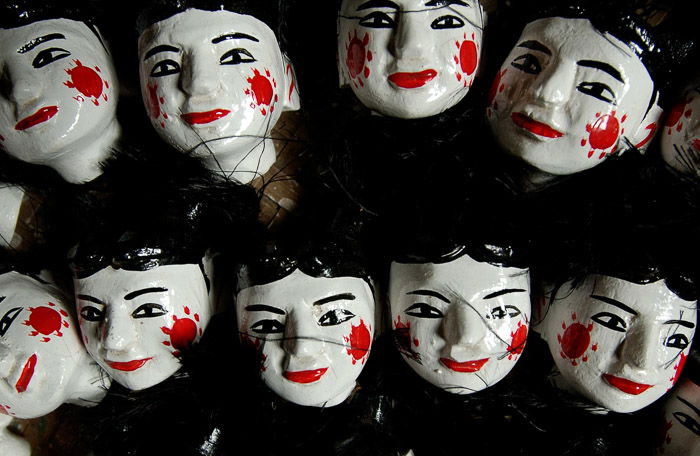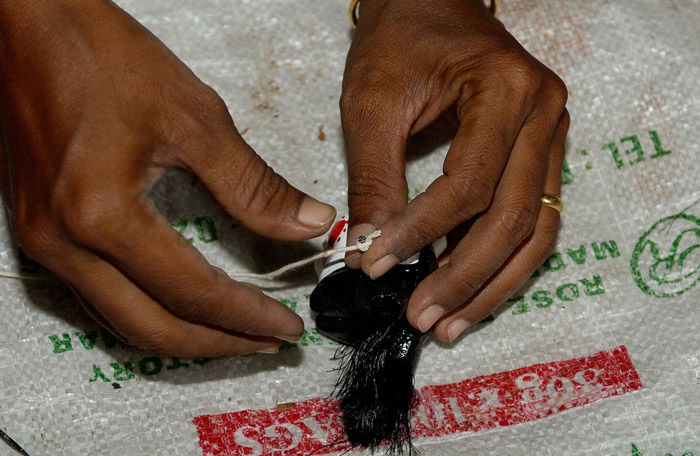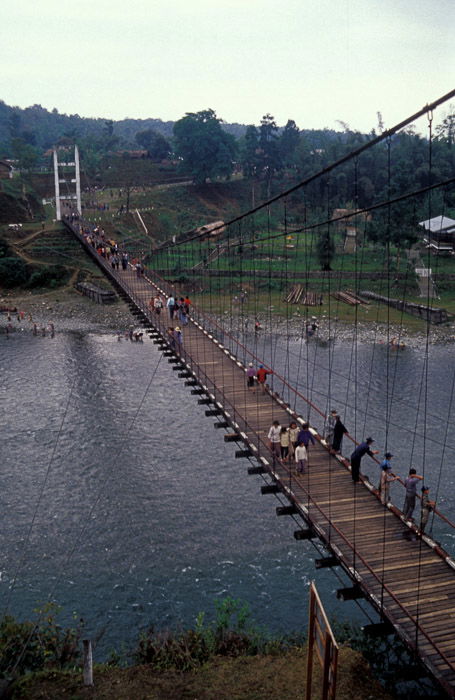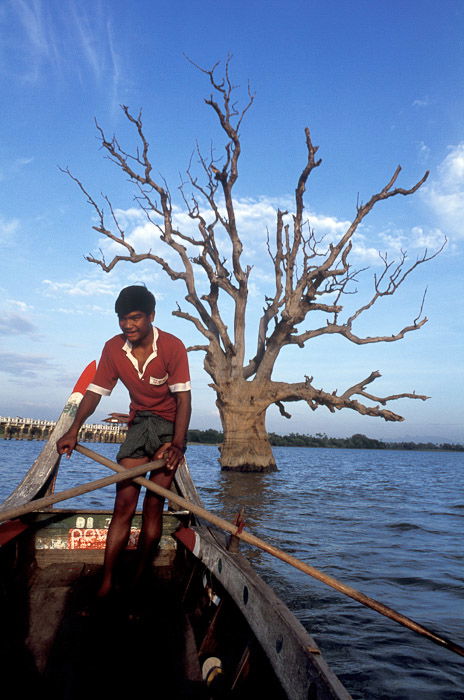We look at life with two eyes, but our cameras record things through a single lens. This can make it difficult to represent a sense of scale in photography in an accurate way.
Here are a few ideas to help you show a sense of scale in your photographs.
Depending on your intention, you may or may not want to give an indication of the scale of what’s in your picture.
Sometimes it’s fun to give an illusion of the size of elements in photos being bigger or smaller than they are. This is called forced perspective.

Each of these three things works in conjunction with the other two. They either provide a realistic sense of scale or warp it.

Your point of view is something you need to consider when you want to show scale in your photography.
Our brain calculates what we see. It references it to what we’ve seen in the past. This is how we recognize things and instinctively know how big they are.


A very low or very high perspective will often influence our perception of scale in photographs.
Lying on the ground and photographing small objects can make them look larger than they are.

Whether you prefer a zoom or prime lens, your choice of focal length will affect the sense of scale in your images.
Pushing to either extremes—super wide or super telephoto—you will see a warped sense of scale in your photographs.
These types of lenses provide a different perspective than what we are used to seeing.

A standard lens will most often provide you with an accurate sense of scale in your photos.
The technical definition of standard lenses is one where the focal length is about the same measurement across the diagonal of the digital sensor or film.
On a full-frame camera, this would be 43mm. A 35mm or 50mm lens is usually the closest prime lens. On a sensor with a crop factor of 1.5, this would be a 30mm lens.
Most 50mm lenses are considered “normal” lenses on a full-frame camera. But this lens actually captures a narrower field than what we see with our eyes. Using a zoom lens at 43mm allows you to photograph more accurately with a “normal” focal length.
Use this to show a true sense of scale in your photographs.
Longer lenses tend to compress distances in photographs. This gives a distorted impression of how far away from the camera things are and can affect our perception of their size.
Getting far enough away from large things like tall buildings, long bridges, or towering mountains can prove challenging. A long lens is not often practical for such types of photography.
Using a long lens can lead to misconceived ideas about the scale of them. Longer lenses tend to isolate, showing less background and surroundings.
This can lead to things appearing larger than they are or leaving their size ambiguous.

You need to be careful using wide lenses when you want to display an accurate sense of scale in your photos.
A wide-angle lens is a natural choice for many photographers who want to show a sense of scale in photography. But using a wide lens and including an element in the foreground can lead to a confusing sense of scale.
Whatever is close to you and included in a wide-angle composition will appear larger than it is. The wider the lens, the more the distorted sense of scale.
Things that are farther away from you will appear much smaller when you have a wide-angle lens on your camera.
Including a person in a photograph is the most reliable way to give a sense of scale.
This is because we instinctively know how big a person is. We can make an easy comparison.


Scale in photography is an important element. Use it to make your compositions more accurate. Or use it for creative photography with forced perspectives.
The tips in this article will help you show scale in your photos or radically distort it. Use both techniques to your advantage to make your work stand out!

